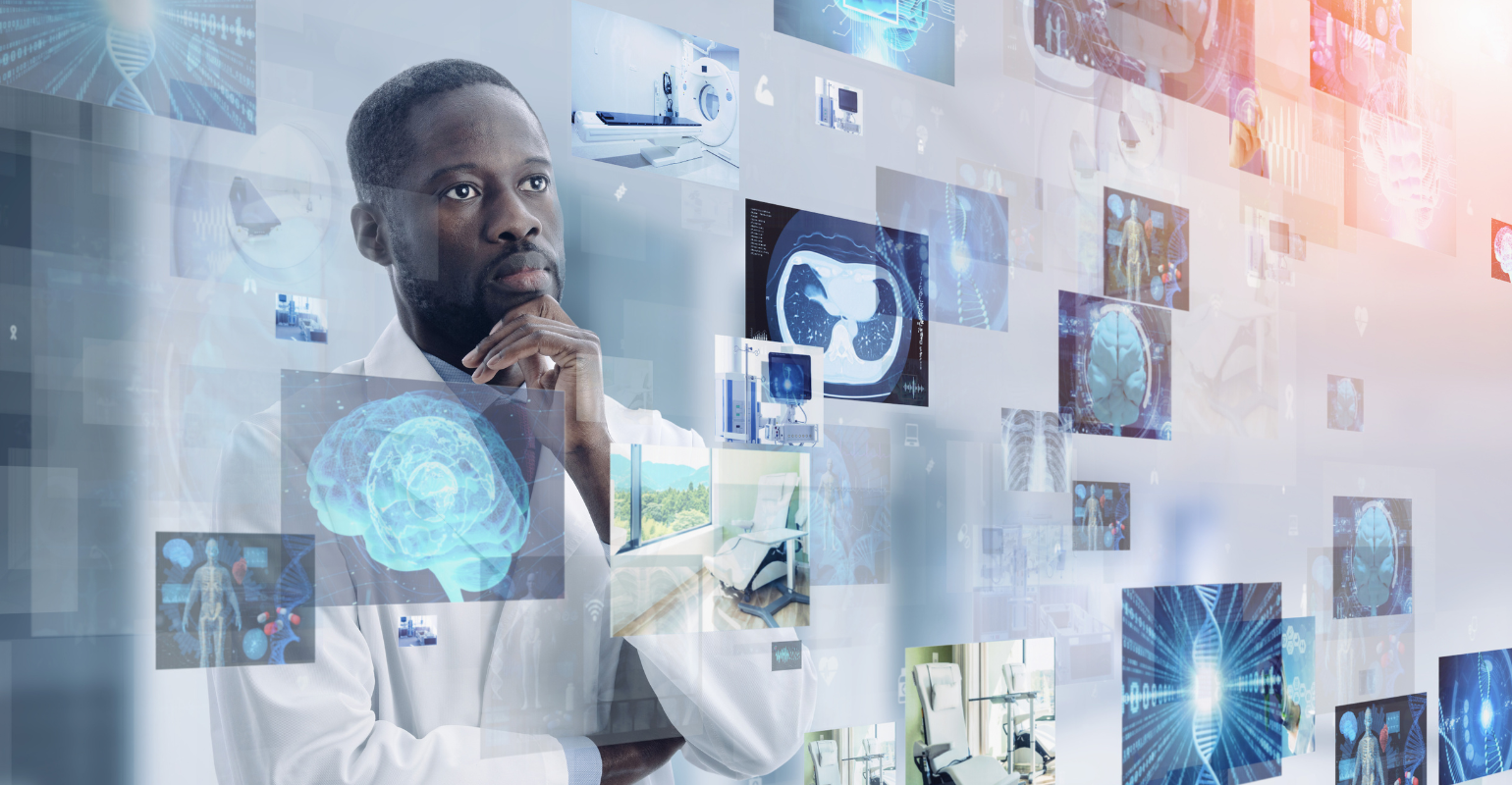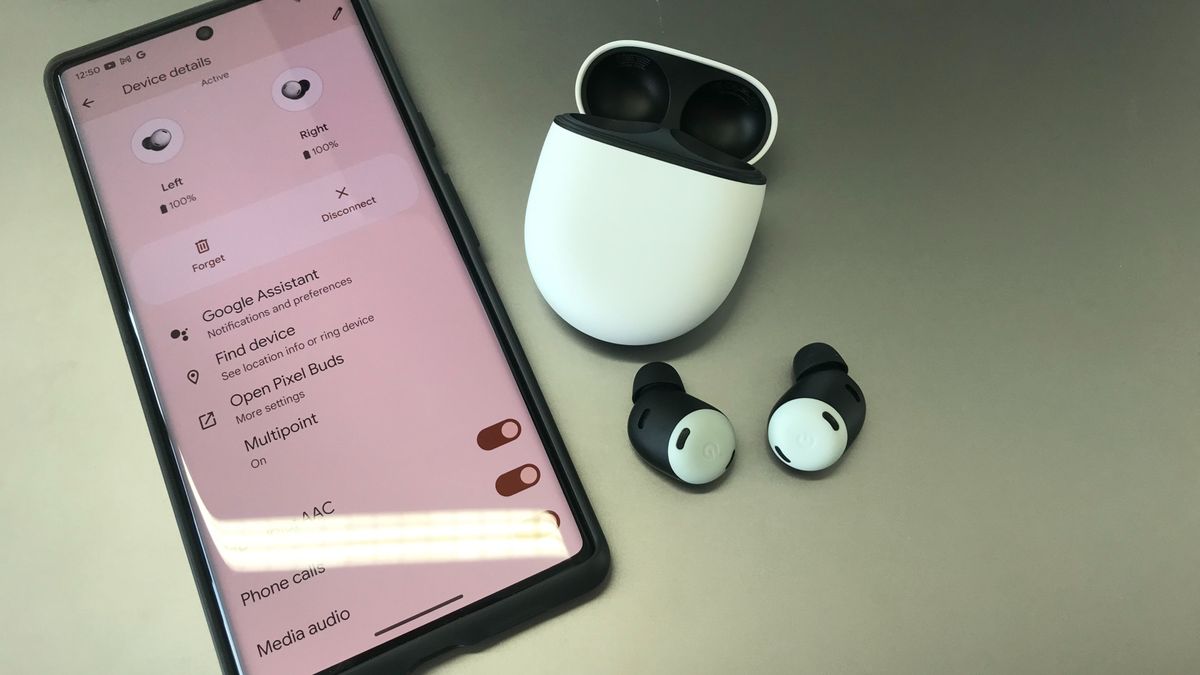Transforming laboratory medicine through mobile technologies

The market for mobile health devices is rapidly changing with the development of smartphones, wearable watches, patient monitoring devices, and even rings and wristbands that monitor patient vital signs like heart rate, body temperature, sleep cycles, exercise, and even electrolytes and metabolites through the skin. But how does data from these devices get transmitted to the patient’s electronic medical record? Health portals are allowing patients to access their medical records, laboratory results and message physicians, set up appointments, and renew prescriptions online.
However, much of the data from mobile health devices stay in the company databases and never gets transmitted to other health records. With newer computer algorithms and artificial intelligence, data from millions of patients provides the opportunity to detect changes in health even prior to symptoms becoming evident, offering the possibility of personalising healthcare based on population statistics. But the storage and transmission of health data also present a privacy and security risk for patients. This manuscript will review the current concepts of e-health and m-health, as well as explore their potential and risks in laboratory medicine.
The transformation of data into information, knowledge, and wisdom involves systems thinking. Data (symbols and numbers) are processed to information which gives data meaning and a relational connection. Heart rate data of 50 beats per minute (bpm) on its own provides no meaning, but in the context of a child, 50 bpm imparts information to the clinician while in the adult context, the information may be different. Knowledge is the application of data and information and provides and understanding of patterns. It may also be explicit through written guidelines easily passed to others or implicit and internalised through experience or intuition. Wisdom evaluates understanding and places knowledge in an ethical and moral framework.
The amount of data being stored by organisations, such as laboratory data, makes traditional methods of analysis infeasible. Big data requires computer algorithms to interrogate data for information and relationships that may not be obvious. Data mining is the term for analysing and extracting interesting previously unknown relationships and patterns. Some examples of big data are the derivation of reference intervals by data mining all lab test results or the use of patient data moving averages for continuous quality control.
e-health is an emerging field at the intersection of medical informatics, public health and business, referring to health services and information delivered or enhanced through the internet and related technologies. e-health does not stand for “electronic” but implies a number of other “e’s” such as efficiency in healthcare, enhancing the quality of care, evidence-based interventions, empowerment of consumers and patients, encouragement of the patient/health professional relationship, education of physicians through online sources, enabling standardised communication, extending the scope of health care geographically, ethics in patient-physician interaction and equity of healthcare services.
m-health is an abbreviation for mobile health, a term used for the practice of medicine and public health supported by mobile devices. m-health most commonly references using mobile communication devices, such as mobile phones, tablet computers, personal digital assistance (PDAs) and wearable devices such as smartwatches for health services, information, and data collection. It has emerged as a subsegment of e-health and m-health applications include the use of mobile devices in collecting community and clinical health data, and the delivery or sharing of healthcare information for practitioners, researchers, and patients.
Recent US regulatory changes allow patients the right to access personal health information under the Health Insurance Portability and Accountability Act (HIPAA). A 2014 amendment to CLIA ’88 allows laboratories to give a patient or their representative access to completed test reports. This has opened the ability for patients to have easy access to personal health information and laboratory test results through institutional patient portals.
Since physicians have been the traditional “client” of the laboratory, test results are written for professional interpretation. Comments like “quantity not sufficient”, “haemolysis”, “heterophile interference”, “icteric” or “lipemic” may not be understood by the general patient consumer. The laboratory would need to consider the written form of comments in the formal test result and ensure that they are interpretable to the public in a medical record of the future, as patients often times have access to the test result before the clinician in the patient portal.
Medical knowledge has historically been passed on by experts through peer-reviewed publications and lectures. The growth of the internet and ease of access has led to an enormous increase in available information and knowledge. The danger is that very little expertise or financial support is necessary for anyone; professional, patient or “interested other” to make their experiences, knowledge, and opinions available through websites, blogs and internet forums. This has given rise to the presence of “Fake News” over the internet. How are patients to distinguish between medical fact and fiction on the internet without turning to a healthcare professional?
Multiple opportunities are growing for e-health where personal experience rather than data is driving social media discussions. Special interest groups or “communities of practice” have developed to bring together individuals with a common interest, who can share information and learn from each other. Social media platforms also encourage disease state discussions for patients with the same illness to share their experiences. These social media groups are also an opportunity for healthcare professionals to direct education and inform patients of clinical trials.

Security and privacy are e-health concerns. Despite firewalls and encryption, hospitals and even data companies have been hacked. Personal data risks being compromised, changed or even held ransom. How do we ensure the integrity of data once posted and how do we ensure the validity that what the reader sees is what was originally posted to the internet? The concern for social media is that personal health information may become public. Anytime someone posts to social media, the posts are public, and the identity of the patient may be uncovered. Even if a person is not directly mentioned by name, any personal identifiable protected health information (PHI) may compromise a patient’s privacy. Once information has been posted, it can never be retracted as posts are often read and resent by others.
Wearable wireless devices collect and transmit personal health information and data that allows trending over time. These devices connect to health apps that consolidate data from phones, watches, and other devices. However, this data may not be connected to a patient’s electronic medical record or be viewable by the patient’s physician. Device manufacturers can collect big data from many patients and connect it with health status data for population statistics, such as heart rate and body temperature, and further linked with feeling well today or feeling sick, exercise and meals. Using artificial intelligence algorithms, data can be sorted with disease progression to formulate prediction modes for use in enhancing personalised medicine and preventing chronic disease progression.
Patients want access to their medical records and health data. m-health is transforming healthcare delivery by making it more accessible, affordable, and available. e-health and m-health provide new opportunities for patients to personalise their healthcare experience and connect with their physicians remotely and in a more continuous fashion.
References available on request.
James H. Nichols, PhD, DABCC, FAACC is the Professor of Pathology, Microbiology and Immunology, and the Medical Director, Clinical Chemistry and POCT at Vanderbilt University Medical Center.
—-
This article appears in the latest issue of Omnia Health Magazine. Read the full issue online today.








